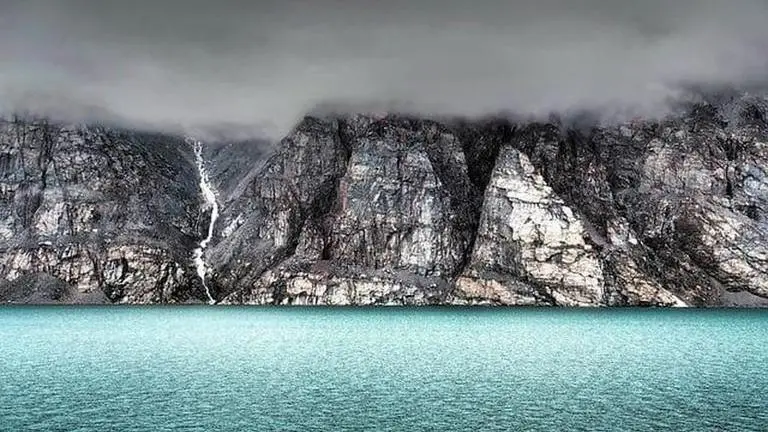Updated 25 March 2020 at 16:17 IST
Fragment of ancient lost continent discovered off the coast of Canada: Study
In a recent study, the scientists have uncovered a splintered remnant of Earth's continental crust, from millions of years ago off the Coast of Canada.
- World News
- 3 min read

In a recent study, scientists have uncovered a splintered remnant of Earth's continental crust from millions of years ago, embedded in the isolated wilderness of northern Canada. This fragment of an ancient continent has been discovered by researchers studying rock samples on Baffin Island in the Canadian territory of Nunavut.
The Study
According to a study published in the Journal of Petrology, the team of scientists was investigating pieces of kimberlite—igneous rocks that sometimes contain diamonds—when they noticed that their mineral signature closely matched an ancient part of Earth's crust known as the North Atlantic craton (NAC.) Baffin Island, located in between the Canadian mainland and Greenland, is a vast Arctic expanse covering over 500,000 square kilometers (almost 200,000 square miles), making it the fifth-largest island in the world.
While the island comprises part of the newest recognized territory in Canada – Nunavut, formally established in 1999 – a discovery shows this ancient landmass has undisclosed ties that stretch backward in time so far, they emanate from a distant geologic eon. While analyzing igneous rock samples recovered from diamond exploration drilling in the Chidliak Kimberlite Province at the southern stretches of Baffin Island, researchers identified a mineral signature in the rock they had never expected to find.
Advertisement
Explaining the research, geologist Maya Kopylova from the University of British Columbia said that Kimberlites are subterranean rockets that pick up passengers on their way to the surface and the passengers are solid chunks of wall rocks that carry a wealth of details on conditions far beneath the surface of our planet over time.
Advertisement
In this case, those passengers had completed a very long journey. The team says kimberlite rocks like this, formed at depths below 150 kilometers (93 miles), are driven to the surface by both geological and chemical forces. In terms of the geological component, their emergence underneath modern-day Baffin Island represents the end of a colossal dispersal that occurred approximately 150 million years ago, during rifting of the continental plate of the North Atlantic Craton (NAC).
To reach their findings, the team used many analytical techniques – including petrography, mineralogy, and thermobarometry – to study 120 rock samples, called xenoliths, taken from the kimberlite province. The results showed the Chidliak mantle "strikingly resembles" the NAC rocks from West Greenland in terms of their bulk composition and mineral chemistry while showing numerous contrasts with markers from other cratons.
(Picture Credit: Pixabay)
Published By : Prachi Arya
Published On: 25 March 2020 at 16:17 IST
